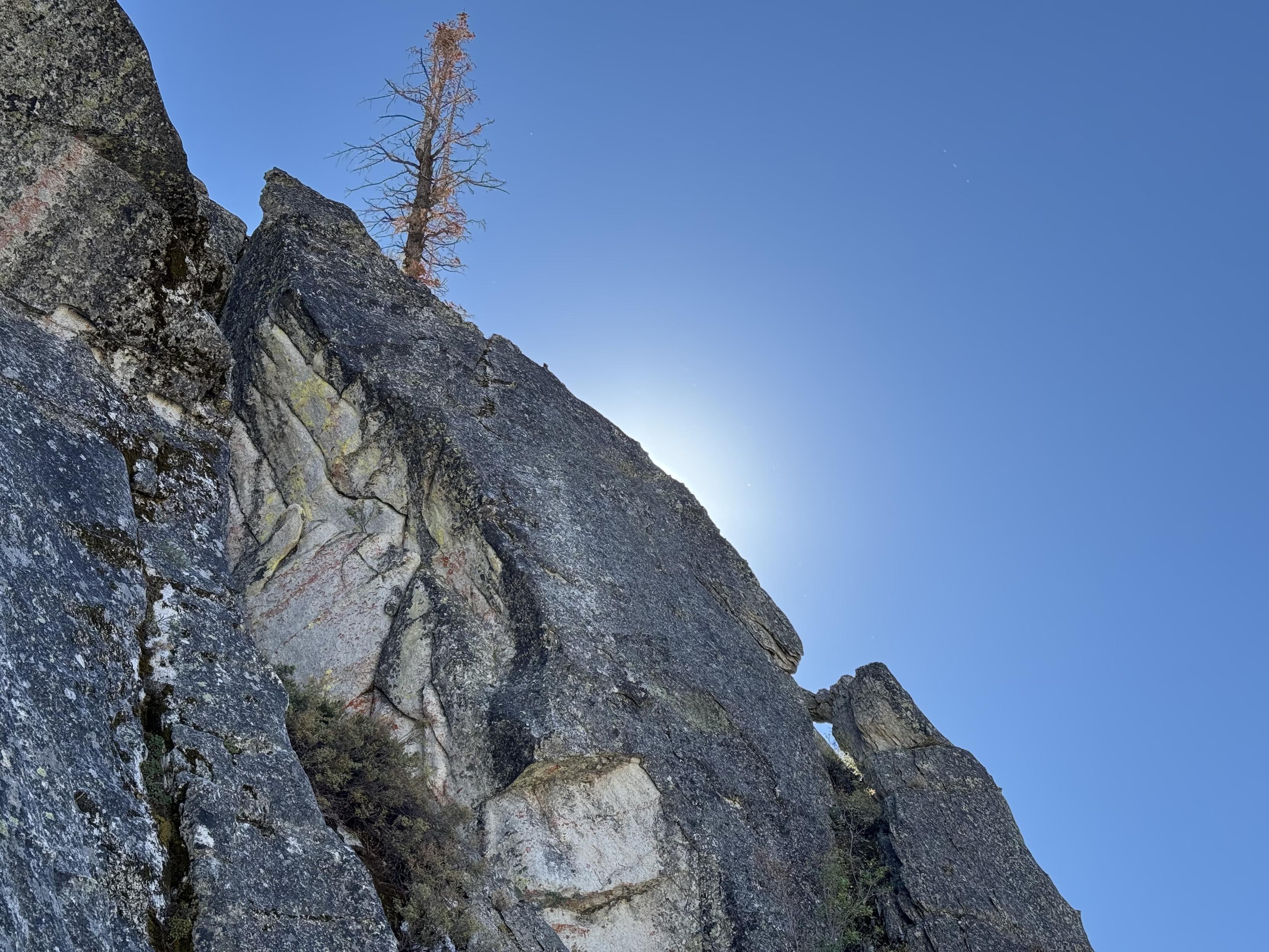Guidebook XIV—Rewind the Climb
-
Before there were 8a.nu leaderboards and Mountain Project ticklists, before there were beta videos and newspaper articles for every cutting-edge ascent, there was a word-of-mouth understanding of who was setting the standard of the day.
Pushing the standard of climbing at the Gunks has proven to be key in the history of climbing in the United States, and any connoisseur of climbing history will know the names of Fritz Wiessner, Hans Kraus, Jim McCarthy, John Stannard, Steve Wunsch, and John Bragg—all AAC members by the way. But what often gets overlooked in the whispers of rowdy Vulgarian parties, naked climbing antics, and strict leader qualifications that swirl around Gunks history are the distinct contributions of women to Gunks climbing. A central figure in this story is the unique character Bonnie Prudden.
First, we must set the scene. Prudden was most active climbing in the Gunks in the late 1940s and early 1950s, when climbing on rock was done in sneakers with a hemp rope. Rather than boldness, a strict no-falls attitude pre-vailed, and good judgment was prized over achieving the next cutting-edge grade. Pitons and aid climbing were status quo, and without a priority on pushing the limits of the sport, the time period was considered non-competitive. While Wiessner, Kraus, Prudden, and others were climbing 5.7s (even occasionally 5.8), most climbers stuck to routes rated 5.2–5.4.
Climbing in the Gunks started with Fritz Wiessner, who went on a developing tear starting in 1935. He and Hans Kraus would be the leading developers of the area until the late 1950s, collectively establishing 56 of the 58 multi-pitch climbs put up in that period. In 30 of those first ascents, Prudden played a role, and she wasn’t just tagging along.
With competition on the back burner, the significance of leading was murky. Some of the climbers at the time proclaimed that there wasn’t a big difference between leading and following. However, the great tension and division that would characterize the Gunks’ history— between the Appalachian Mountain Club climbers (Appies) and the rebel Vulgarians that opposed their rules—came down to the question of regulating leading. The Appies, the dominant climbing force in the Gunks until the Vulgarians and other rabble-rousers splintered the scene in the 1960s, created a lead qualification system, determining who could lead at any given level. Alternatively, some climbers were designated as “unlimited leaders,” who didn’t need approval to lead specific routes.
Although they were painted as control freaks by the Vulgarians, the truth behind why the Appie crowd was so invested in regulating leading (and minimizing the risk inherent in climbing) was because they were keenly aware of the generosity of the Smileys, the landowners who looked the other way as climbers galavanted around on the excellent stone of the Trapps and Sky Top.
Bonnie Prudden was lucky enough to rise above all of the drama. As a close friend and frequent climbing partner of Hans Kraus’s (who was obviously an “unlimited leader,” being one of the first, and much-exalted, developers of the area), Prudden had frequent access to new, difficult climbs. In interviews with researcher Laura Waterman, Prudden relayed that in the early years, while climbing with her then husband, Dick Hirschland, she always led because of their significant weight difference. Later she took the lead simply because of her skill, tutored by Kraus and Wiessner.
Prudden took her first leader fall on the 5.6 Madame G (Madame Grunnebaum’s Wulst) and recalls catching a fall from Kraus only four times. At the time, 5.7 and 5.8 was the very top of the scale, and Prudden was keeping up—and sometimes showing off.
The story of the first ascent of Bonnie’s Roof, now free climbed at 5.9, is often held up as proof of Prudden’s talent, and rightfully so. But the gaps in the story and the fuzziness of Prudden’s memory of it might reveal more than the accomplishment itself.
On that day in 1952, Prudden thought the intimidating roof “looked like the bottom of a boat jutting out from the cliff,” as she wrote in an article about the climb in Alpinist 14, published in 2005.
Overhanging climbing was still a frontier to explore, but Kraus was a man on the hunt for exposure, rather than difficulty. It just so happened that the massive overlapping tiers of Bonnie’s Roof would provide both.
Prudd...

Guidebook XIV—Rewind the Climb — American Alpine Club
Setting the Standard By the Editors Before there were 8a.nu leaderboards and Mountain Project ticklists, before there were beta videos and newspaper articles for every cutting-edge ascent, there was a word-of-mouth understanding of who was setting the standard of the day. Pushing the standard
American Alpine Club (americanalpineclub.org)
